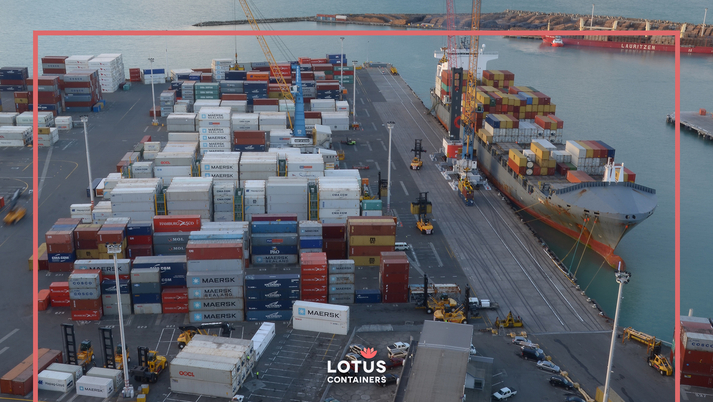In layman’s knowledge, the logistics cycle is a process of efficiently and seamlessly coordinating a wide variety of activities ranging from procuring goods to redistributing goods. The main activities involve:
- Procurement of goods and materials and forecasting
- Purchase order processing
- Intermodal transportation and delivery
- Customs clearance
- Receipt and Storage at the warehouse
- Redistribution of goods and Reverse logistics
- Customer service
But the logistics process doesn’t involve just that.
It’s more than that. Most businesses across the globe carry out their trading activities through the logistics cycle that also involves multiple ancillary processes viz. packaging, labeling, transporting, etc. Manufacturers, distributors, customers all are part of the logistics cycle and may have different logistics requirements of their own. The primary objective of logistics companies is to increase the customer base while ensuring the quality of service while keeping the costs in check and balancing the profit sheets of the organization.
Major components of a logistics cycle
Procurement and forecasting of goods and materials
Procurement is the process of prearranging or resourcing materials required to meet the needs of a company. Materials could be anything ranging from raw materials for the production of finished goods for redistribution.
Another important aspect is forecasting that helps predict future sales and tending demands by gathering historical as well as current data. An effective forecasting system in place comes in handy while dealing with seasonal and economic fluctuations or outdoing competitors’ activities. The key parties involved in this process are the forecaster, the sales, and the market analysis teams.
Purchase order processing
Purchase order processing is the process of developing a valid purchase order based on purchase order quantities pre approved based on a forecast. This is a function of the purchasing department of a company.
Components of purchase order
The following details should be compulsorily present on a purchase order: Name and address of the buyer and the seller, description & quantities of the goods, agreed price of items, delivery & payment details. A purchase order number is generated that is used for the tracking of the shipment until delivery.
Transport and delivery
Transport and delivery depending on the pre-agreed trading terms could be arranged by either of the parties i.e. the seller or the buyer. Goods can either be consolidated from different sellers or they can be obtained from a single buyer in a full container load shipment. There are many important things to take care of: selection of the right mode of transport and transporter, packing and labeling instructions, etc.
Customs clearance
The shipment when it reaches the port of destination must be ready with all the documents so that it can easily procure customs clearance. Once cleared, shipment is transported to the location of delivery such as buyer’s warehouse or to premises as per pre-agreed terms.
Receipt and storage at warehouse
Warehouses can be either dry or temperature-controlled ones according to the type of goods to be stored. The goods must be properly and accurately received, verified for quality, damages, and claims, and stored in the warehouse where it is accounted for in the inventory of the buyer party. This is done to make it available for redistribution to customers.
Redistribution and reverse logistics
The purchase orders generated by the logistics organization have to be processed and delivered to the customers. It involves accurately picking the order quantities, invoicing goods and materials, and ensuring proper delivery by the agreed mode of transport in the stipulated time slot. Generally, stored goods are picked following different methods depending on customer’s preferences. Customers can pick FIFO (First-In, First-Out), FEFO (First-expiry, First-Out), or LIFO (Last-In, First-Out) methods.
Another service provided by the Warehouses is moving back any goods or materials from the buyer’s premises after delivery. This is referred to as reverse logistics. This can be done in case of either recycling materials or even for the purpose of returning damaged goods or in case wrong items are received.
Customer service
Top-notch customer service aims on offering an exceptional user experience to the customers. It involves all those value-added services such as timely transit updates on goods, addressing quality concerns, customer care helpline, etc. Several factors affect the logistics such as government trade regulations and policies, technology and its advancements, environmental policies, etc. An organization’s logistics systems should be specifically addressed and redesigned again and again for the balanced flow of information and optimized movement of goods. The present times demand investment in the latest software and hardware technologies to gain a leg over your competitors.




